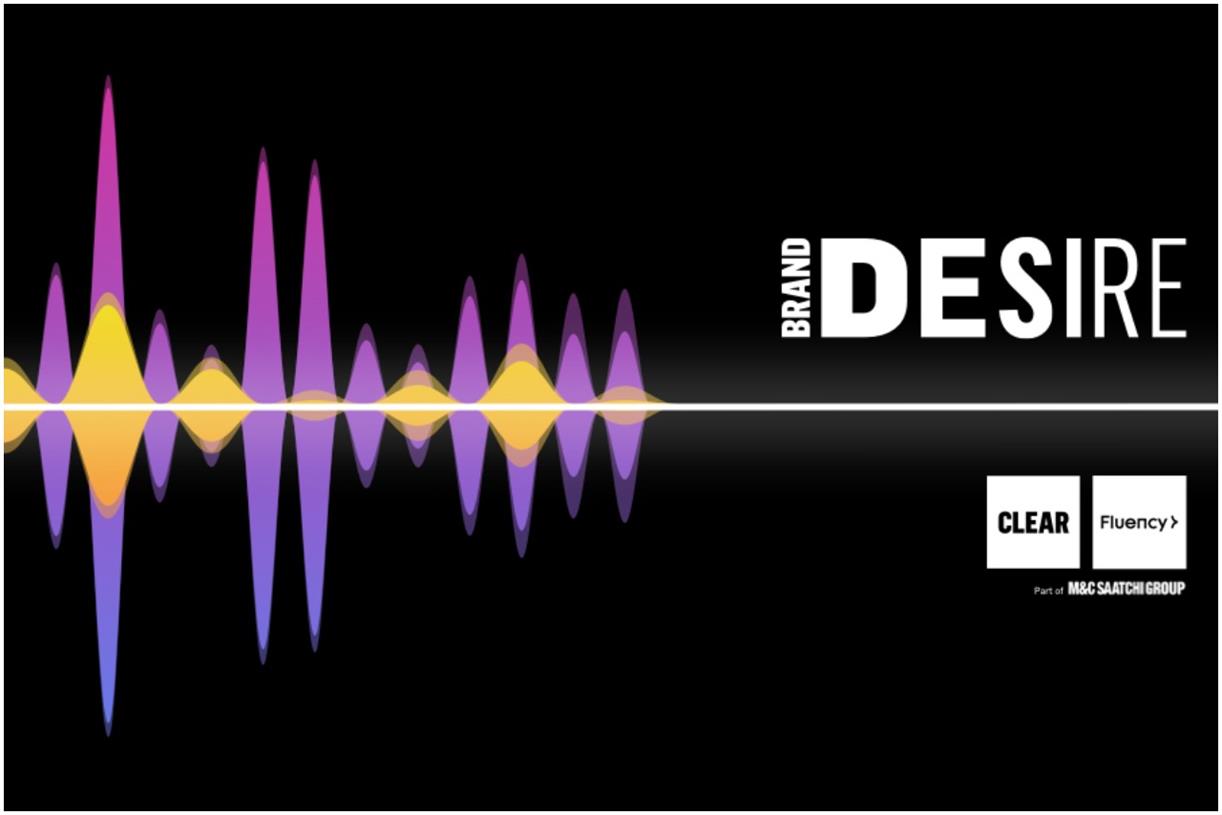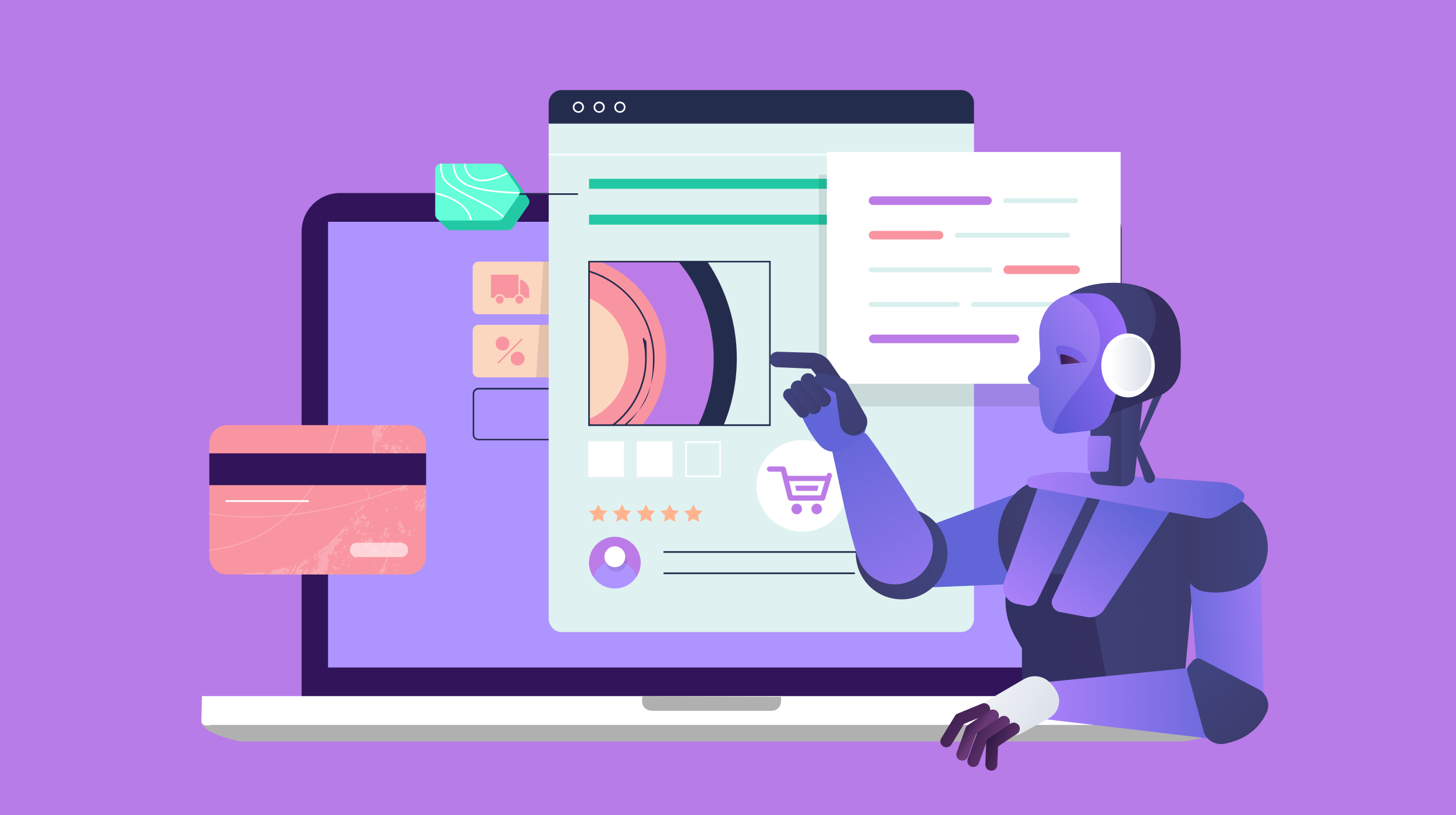5 Reasons to Keep an Eye on Your Brand Awareness Metrics
If you connect well, you sell better. Isn’t it so? Establishing a connection with your consumers lies at the base of any business. It is a continuous process. Done for a considerable amount of time, it breeds trust between you...

If you connect well, you sell better. Isn’t it so? Establishing a connection with your consumers lies at the base of any business. It is a continuous process. Done for a considerable amount of time, it breeds trust between you and your customer. This overtime converts a user into a loyal customer. But, how do you know this for sure? How do you measure a customer’s trust in a brand? With brand awareness metrics.
Brand awareness is simply making a user aware of your existence as a business in the market. It is important to measure this with the help of some metrics so that you can know how your business is actually doing.
Let’s assume you are a fitness brand. You posted a video showcasing your gym on your YouTube channel a day ago. How do you know the audience’s retention of it? By analyzing the traffic. Here, website traffic is a tool that measures your brand’s awareness.
While website traffic is one of the tools, conducting online surveys, listening to your social media presence are some of the ways to measure your brand awareness.
Let’s take a look at what purpose do these metrics serve to a brand before knowing their impact on your brand’s success.
What Are Brand Awareness Metrics?
Brand awareness -> Consumer recognition -> Consumer action -> Increased sales -> Success
The chain shows how brand awareness leads to a brand’s success. It doesn’t matter if you are a new business or already have a loyal customer base. You will need a brand awareness strategy for both. If you already have one, then re-strategizing based on analyzing the metrics might also be needed.
Businesses can grow themselves based on two types of metrics–quantitative and qualitative. Qualitative data helps you connect better with your customers, while quantitative data are numbers. Stats help you pinpoint your pain areas accurately and work on them.
Here are some of the ways you can measure brand awareness in a quantitative way:
Quantitative Brand Awareness Metrics
Impressions : Each time your ad shows up on a search page, the impressions on your page increase. It quantifies the number of views or number of people engaged in your piece of content. It takes 5 to 7 impressions for people to remember a brand.Website Traffic : Traffic shows the number of visitors visiting your piece of content. By analyzing the number of organic viewers, you will know if your brand is doing well or needs some amends. Social Media Presence : This speaks volumes about your content. If you have a good number of followers and engagement on social media channels then it directly implies maximum people resonate with your content. Google Alerts : This tool notifies you whenever your brand is mentioned by Google or by a third party organization. It lets you know if your brand is creating a buzz among users. External Links and Brand Mentions : If another brand links your page or content piece to their webpage, this will lead unique visitors to your page. Some brands might tag you on their social media channels. It simply means brands are talking about you, if not to you.Qualitative Brand Awareness Metrics
Surveys : Taking awareness surveys from time to time will help you get qualitative feedback on how to improve your content to attract more users. Knowing how much your customers know about your brand will help bridge the gap between your brand values and consumer demands. Corporate Gift Matching Programs : Corporate gift matching programs match their employees to donate to charity to any non-profit organization. This leads to better employee engagement and fosters faith among consumers. After all, social work and charity is one of the best ways to gain the trust of users and improve your brand image.This is all for the brand awareness metrics, but the question– how would keeping an eye on these metrics help your brand, still stands. Here’s why:
Reasons to Look Out for Your Brand Awareness Metrics
Increase in Sales
How will you generate sales if your target audience doesn’t even know about your product?
Only if a user knows about your brand, will s/he go-ahead to make a purchase. This is possible through brand awareness campaigns. Brand awareness metrics give you insights into your viewers’ preferences.
If you have posted n videos in the last three months, you can know which video content has done better by analyzing the traffic. The more visitors your video gets, the more credible your brand becomes. Especially for a B2B brand, trust plays a vital role since it’s not just one person, but a team of people who need to know about your brand. A business will purchase a product from a trusted brand. This will lead to an increase in sales.
Analyzing these brand awareness metrics is hence directly linked to the sales your brand generates. The better you read these metrics and understand users’ responses, the more sales you are likely to generate.
Expose to a New Audience
Link building and brand mentions are some of the easiest metrics for brand recognition. This will drive new users to your product leading to an increase in sales. However, other brands will tag you if you already have organic traffic.
There are different types of traffic–organic, direct, referral, and through social media. A user might visit your page through a google page, by directly searching for the exact query, through another website, or via a social media post. From this much data, how do you expose yourselves to a new audience?
Understanding the demographics of your audience including age, location, and gender helps you know which type of users majorly visit your page. Based on this data, you can easily modify the content if needed.
For example, you are an e-commerce store. You want to sell your products to as many countries as possible. Analyzing traffic lets you know users from which country are more into your products.
Gain Insights on Brand Perception
The way a user reacts to your content tells you a lot about your brand. If you’ve posted a blog about your upcoming products and it receives a good response from users, they are likely to keep looking up to upcoming products.
You can know how your consumers actually feel about your brand by taking regular qualitative feedback in the form of surveys or feedback forms. Website traffic lets you know numbers but keeping a check on the qualitative metrics will give you a clearer insight into your user’s perception of your brand.
Know What the Consumer Wants
Be it qualitative metrics or quantitative–both help to let you know if your brand awareness campaign needs some changes.
For example, you posted a video of a make-up tutorial and a blog about the same. The number of visitors on both types of content tells you which type of content format do the majority prefer. Once you know a viewer is more engaged in a video than a blog post, you can include more video content in your strategy. This helps you improvise your strategies dynamically.
Not just that, it will also let you know if users prefer watching short-form content or long-form. With this data, you can include more of what the users like and keep gaining new visitors to your page.
Brand Success Will Not Be a Fluke
The road map from brand awareness to brand success requires time, patience, and consistent efforts. It is possible to achieve the three most important metrics–interaction, participation, and engagement. You can use two approaches to reach here:
Strategic planning Trial and errorWhile some amount of experimentation is always required in both approaches, the former option will garner you long-term results. Remember the brand video that went viral but then was found nowhere on the internet? You don’t want your brand success to be a fluke. This is why analyzing brand awareness metrics is necessary.
Wrapping It Up
That’s all for the reasons to keep an eye on your brand awareness. Brand awareness is the first step to the marketing funnel. However, once users know about you, they would want you to know them better. Brand awareness metrics help with that. It won’t only help you sustain in the market but will help you flourish.
Use these awareness metrics–qualitative and quantitative to increase your brand value. Regularly checking up on them, analyzing, and improvising will bring more users to your page.

 Fransebas
Fransebas 












![YouTube vs. Vimeo: Which Video Platform is Best for Your Business? [New Data]](https://blog.hubspot.com/hubfs/vimeo-vs-youtube-fi.jpg#keepProtocol)



















